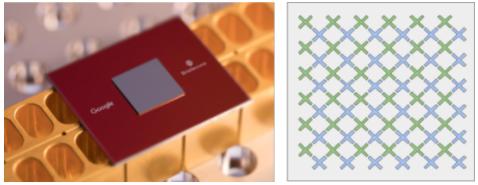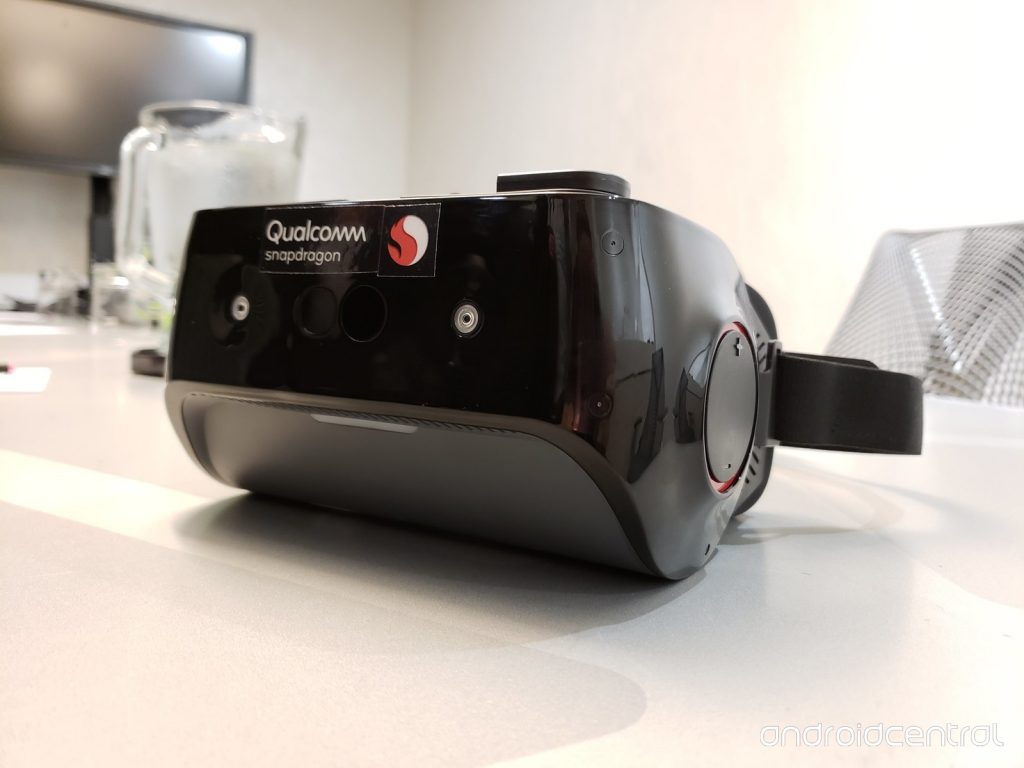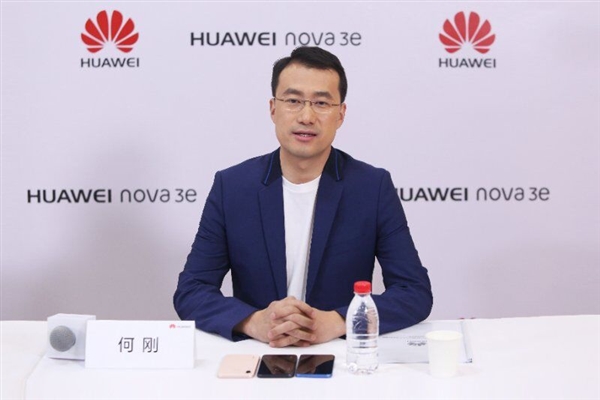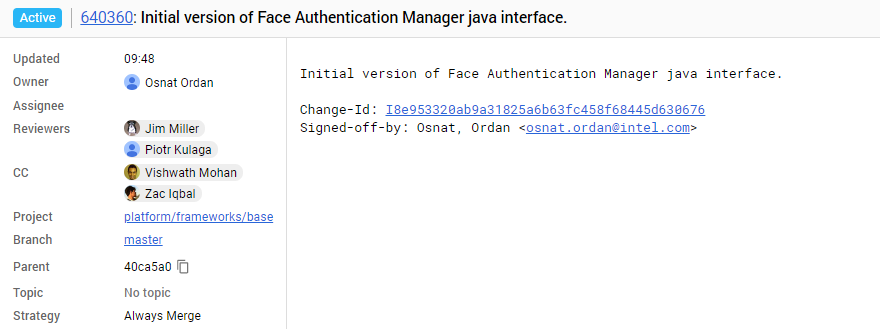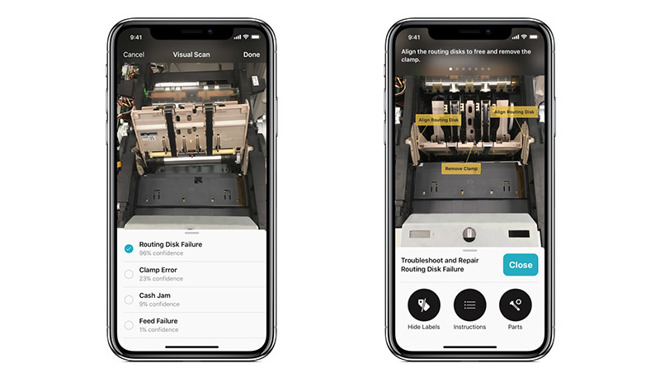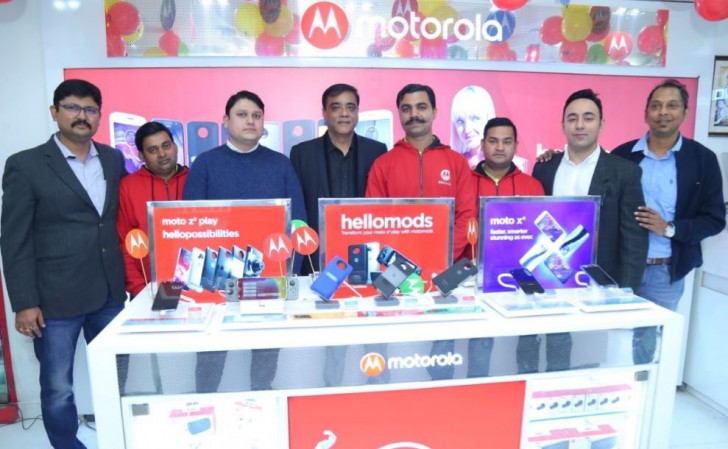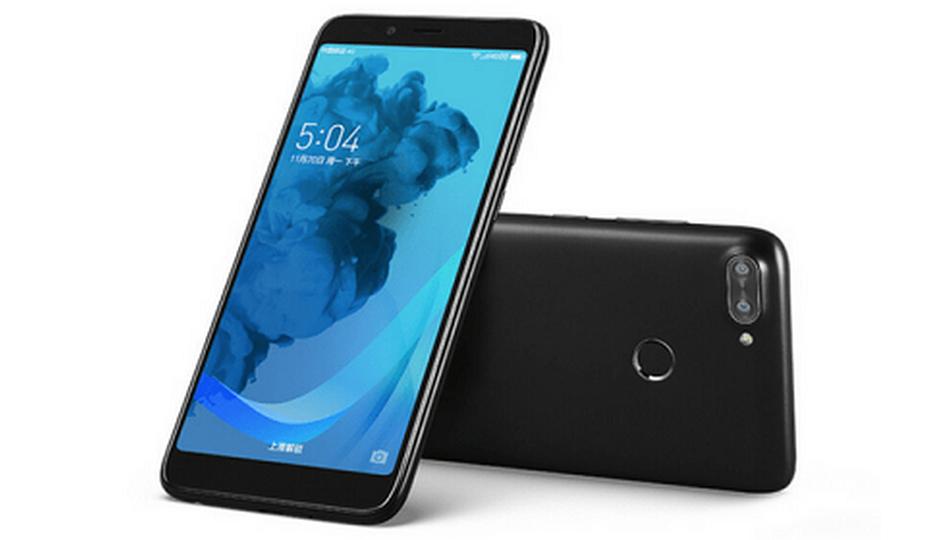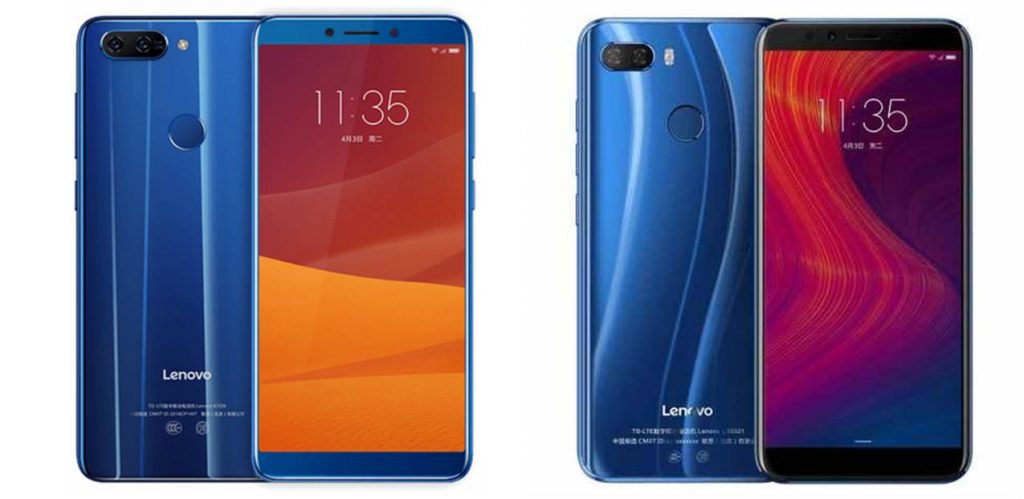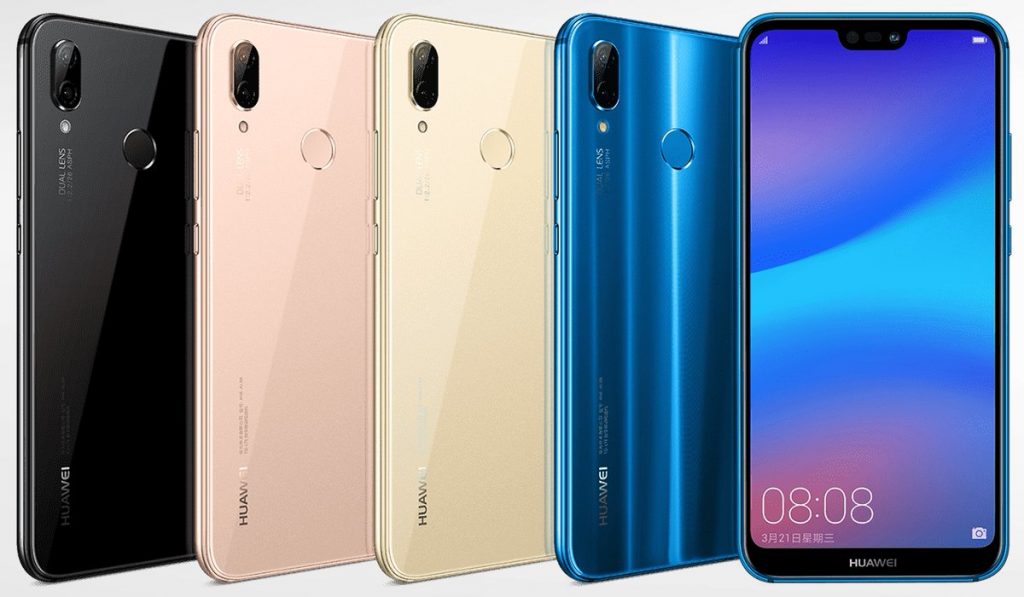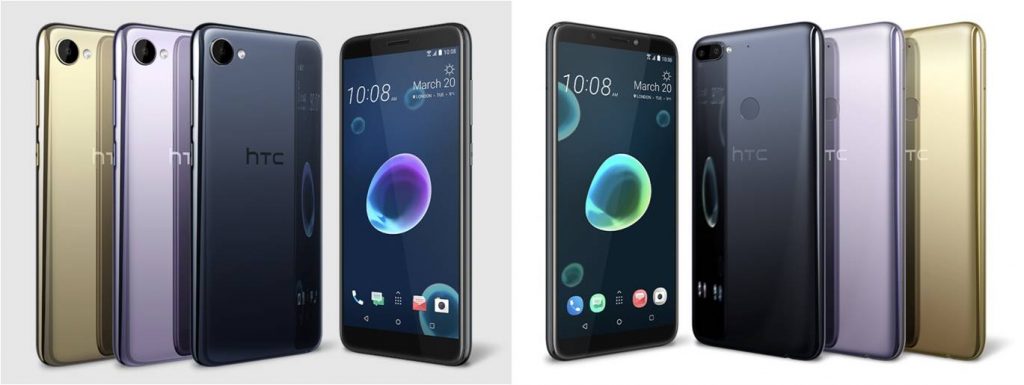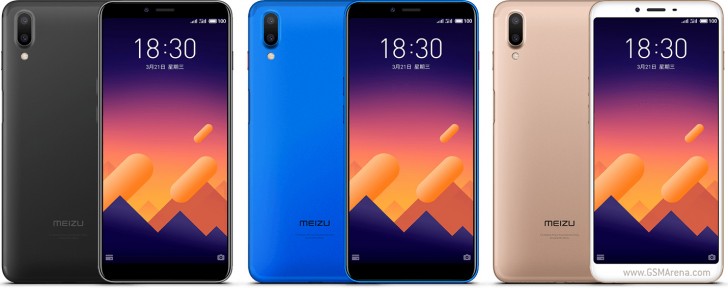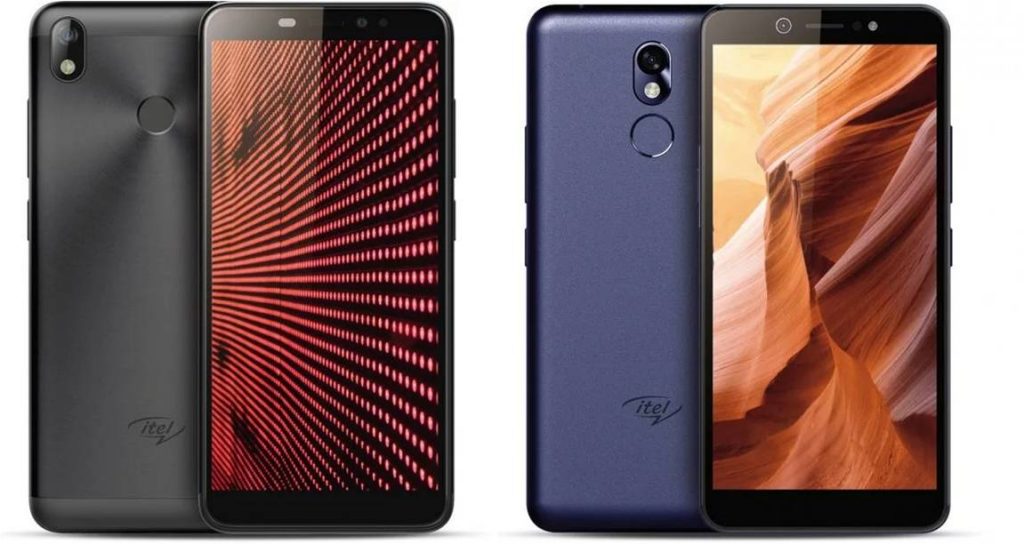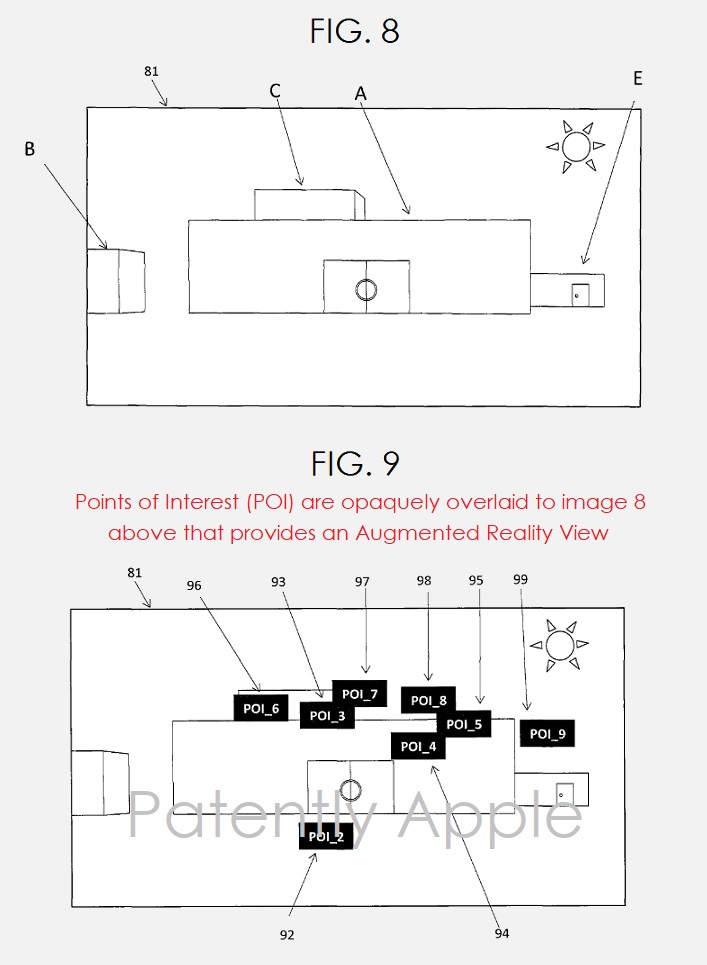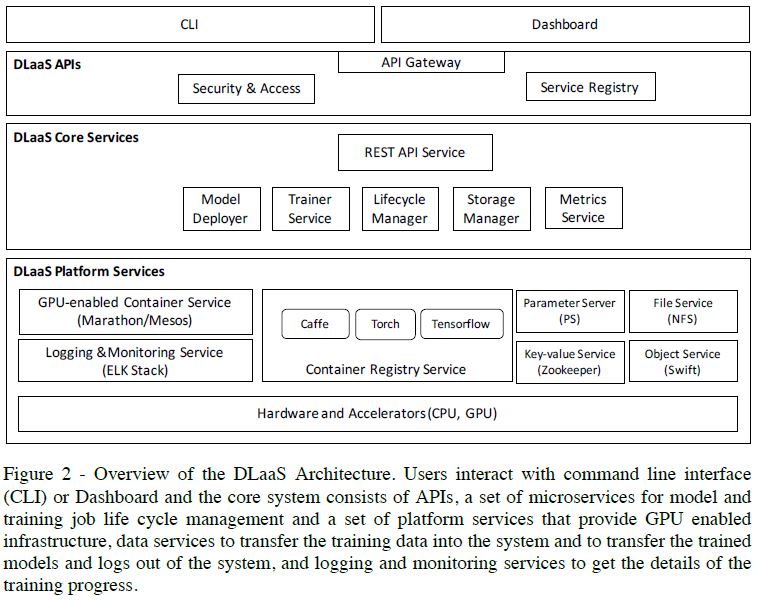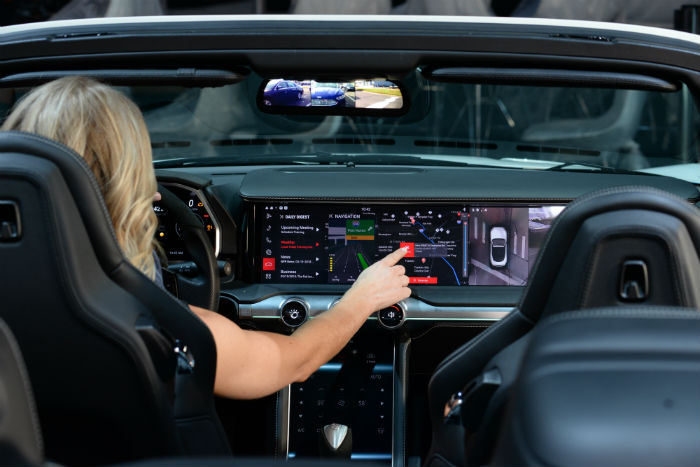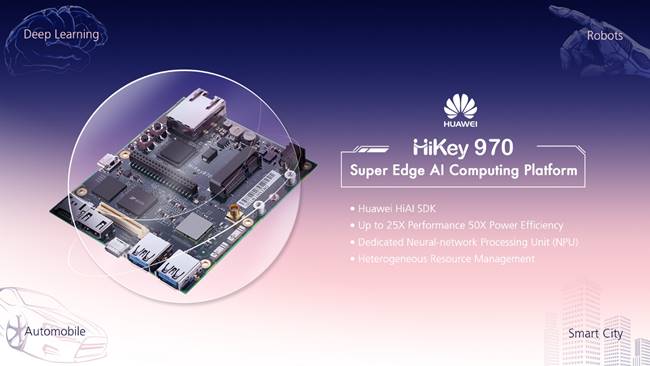
03-22: Huawei revealed that “notch display” is only a phase; Most Android phones will have to wait until 2019 to duplicate the 3D sensing feature behind Apple’s Face ID security; etc.
Chipsets
Daimler has announced a deal with Google to research the application of quantum computers on the future of mobility. The design of Google’s recent 72‑qubit Bristlecone chip features the highest number of quantum bits yet used in a quantum computer. (CN Beta, Daimler, Green Car Congress, The Drive)
Qualcomm has announced a new Snapdragon 845 VR development kit that it says will help pave the way for more immersive standalone VR experiences. One of the new features present in the Snapdragon 845 mobile platform is 6DoF SLAM, which stands for six degrees of freedom (6DoF) with simultaneous localization and mapping (SLAM). (Android Authority, Android Central, JRJ, Sohu)
Taiwan-based GlobalWafers, a supplier of semiconductor silicon wafers, is positive with Mainland China market, working with Japan-based Ferrotec expanding 8” wafer business in Mainland China, increasing the 8” yield rate and overall operation. Currently GlobalWafers’ 12” foundry monthly production is about 5.5M~5.6M. At the demand side, monthly requirement is increased to about 6M units. Currently 8”, 12” wafer order already full by 1H19 and end of 2019. (Laoyaoba, CECB2B, China Times, UDN, Taipei Times, Digitimes)
AllWinner Technology indicates that Xiaomi is using the company’s chipsets mainly on robotic vacuum cleaner and drone series products. AllWinner has stated that due to the continuous increase in prices of storage devices and display screens, the market demand for tablet PCs has been curbed and sales revenue has decreased compared to the same period in 2017. (EE Focus, Laoyaoba, iFeng)
Huawei, teaming up with Linaro has launched the HiKey 970 AI development platform. The HiKey board is designed for creating apps, particularly on Android devices. It comes with a higher computing power and richer hardware interfaces. It also supports mainstream operating systems and artificial intelligence stacks. Its energy efficiency is up to 50 times more than that of CPU operations while the performance is up to 25 times more. (Laoyaoba, EET China, Leiphone, XDA-Developers, Gizmo China)
Touch Display
Huawei mobile product line VP He Gang indicates that the company tried at best to reduce the top and bottom border of the phone to make the full display in 2017. He has revealed that “notch display” is only a phase, but an important one, to enter a really full display. (CN Beta, Sohu, JRJ)
Salman Saeed, Qualcomm’s product manager of display technology claims that the foldable smartphone Samsung Galaxy X will not be launching in 2018. (Android Headlines, TechRadar)
Apple has applied for 11 patents, while LuxVue Technology applied for 23 patents for Micro-LED technology over the last decade in Korea. LuxVue Technology is a Micro-LED firm acquired by Apple in 2014 for the development of the next-generation technology. (Laoyaoba, BGR, Patently Apple, Korea Herald)
Camera
Google will reportedly buy Lytro for no more than USD40M, though an exact sale figure could not be determined. Lytro is known for its light field technology, though the company also released two cameras. The deal would put Lytro’s 59 patents under Google’s control. (Android Authority, TechCrunch, iFeng, CN Beta)
Sensory
Most Android phones will have to wait until 2019 to duplicate the 3D sensing feature behind Apple’s Face ID security. According to parts manufacturers Viavi Solutions, Finisar Corp and Ams AG, bottlenecks on key parts will mean mass adoption of 3D sensing will not happen until 2019, disappointing earlier expectations. (Apple Insider, Reuters, CN Beta)
Genius Electronic Optical (GSEO) supplies Apple iPhone front camera including 3D sensing receiver lens. It is rumored the company has entered Huawei as the first supplier for next-generation product camera. Huawei recently has finished 3D sensing receiver supplier list, O-Film as the main supplier, Sunny as second and Sony’s sensor will work with GSEO’s 3D sensor, expects to launch in 2H18. (Laoyaoba, UDN, China Times, CNYES)
Biometrics
Several commits were recently sent to the Android Open Source Project (AOSP) which had iris identification as a biometric security method. Not just Google, but other OEMs will be implementing this feature as the commits are from software engineers working for Fingerprint Cards. (Laoyaoba, CNMO, NDTV, First Post, Android Police, Google Source)
Future versions of the Android operating system are likely to include native support for facial recognition hardware, a new commit on the Android Open Source Project (AOSP) reveals. (Android Headlines, XDA-Developers, Google Source)
Battery
Verizon CEO Lowell McAdam has noted 5G will not only bring exponentially faster speeds, but also drastically lower latency. He explained the latter will allow computing power to be moved off devices and on to the edge of the network, opening the door for devices to become thinner and have much longer battery life. (Phone Arena, Mobile World Live)
Phones
Apple and IBM have announced an expansion to their existing partnership that will allow customers to roll out advanced in-app machine learning capabilities through Apple’s Core ML and IBM’s Watson technology. The project expansion lets clients develop machine learning tools based on Watson technology, then deploy those assets in app form on Apple portable devices. (TechCrunch, Fortune, Apple Insider, Sina)
Cowen and Company analyst Karl Ackerman projects that 53M Apple iPhone X units were built in 1Q18, which is “largely in line” with an estimate made in Feb 2018, suggesting the production would produce 52.5M units. He forecasts that 42.5M Apple smartphone units will be produced in 2Q18. This includes 9M iPhone X units, but is down overall from Cowen and Company’s preliminary estimate of between 13M~16M units. (Apple Insider, WCCFTech, CN Beta)
Lenovo-owned Motorola is expanding its offline presence in India. The company has announced that it will open 50 new Moto Hub stores in Mumbai and 1,000 stores across 100 cities by the end of 2018. Moto Hubs are the offline stores that provide Motorola products to customers. (GSM Arena, First Post)
Lenovo S5 is announced in China – 5.7” 2160×1080 FHD+, Qualcomm Snapdragon 625, rear dual 13MP-13MP + front 16MP (“AI selfie beautification”), 3/4GB + 32/64/128GB, Android 8.0, rear fingerprint scanner, Face Unlock, 3000mAh, from CNY999. (Hexun, Sootoo, Gizmo China, NDTV)
Lenovo K5 and K5 Play are announced in China: K5 – 5.72” HD+ 2.5D, MediaTek MT6750, rear dual 13MP-5MP + front 8MP, 3GB+32GB, rear fingerprint scanner, face unlock, 3000mAh, CNY899. K5 Play – 5.7” HD, Qualcomm Snapdragon 430, rear dual 13MP-2MP + front 8MP, 2GB+16GB / 3GB+32GB, rear fingerprint scanner, face unlock, 3000mAh, CNY699 / CNY799. (Gizmo China, Phone Radar, Sohu, Android Headlines, BGR)
Huawei nova 3e (or P20 Lite) is officially launched in China – 5.8” 2280×1080 FHD+, HiSilicon Kirin 659, rear dual 16MP-2MP + front 24MP, 4GB+64/128GB, rear fingerprint scanner, face unlock, 18W fast charging, 3000mAh, from CNY1999. (CN Beta, My Drivers, JRJ)
HTC Desire 12 and 12+ are launched: 12 – 5.5” 1440×720 HD+, MediaTek MT6739, rear 13MP + front 5MP, 2/3GB+16/32GB, Android 8.0, 2730mAh, EUR199 (3GB+32GB). 12+ – 6” 1440×720 HD+, Qualcomm Snapdragon 450, rear dual 13MP-2MP + front 8MP, 3GB+32GB, Android 8.0, 2965mAh, EUR249. (Android Central, Tech Advisor, Phone Arena)
Meizu E3 is launched in China – 5.99” 1080×2160 FHD+, Qualcomm Snapdragon 636, rear dual 12MP-20MP + front 8MP, 6GB+64/128GB, Android 7.1, 3300mAh VOOC / Dash Charge, CNY1799 (64GB) / CN1999 (128GB). (CN Beta, GizChina, Gizmo China, GSM Arena, Meizu)
Itel Mobiles is launching 3 entry-level smartphones in India: S42 – 5.65” HD+ IPS, Qualcomm Snapdragon 425, rear 13MP + front 13MP, 3GB+16GB, Android 8.0, 3000mAh, INR8499. A44 / A44 Pro – 5.45” 480×960 FWVGA+ / 5.45” HD+, MediaTek MT6737M, rear 5MP / rear 8MP + front 5MP, 1GB+8GB / 2GB+16GB, Android 8.0, 2400mAh, INR5799 (A44). (Gizmo China, TechRadar, Business Standard)
Sharp AQUOS S3 Mini is launched in China – 5.5” 2040×1080 FHD+, Qualcomm Snapdragon 630, rear 16MP + front 20MP, 6GB+64GB, Android 7.1, 3020mAh, CNY1599. (GizChina, Android Headlines)
Wearables
Apple is granted another augmented reality (AR) patent. The patent notes that “The overlaid or blended in information of the items of virtual information, e.g. POIs, and the real environment can be seen by the users in a well-known optical see-through display having semi-transparent glasses. (Laoyaoba, Patently Apple)
Internet of Things
IBM has announced the launch of its new Deep Learning as a Service (DLaaS) program for AI developers. With DlaaS, users can train neural networks using popular frameworks such as TensorFlow, PyTorch, and Caffe without buying and maintaining costly hardware. The service lets data scientists train models using only the resources they need, paying only for GPU time. (TNW, CN Beta, Research Gate, IBM)
IBM has introduced Watson Assistant, a smart enterprise assistant that brings together artificial intelligence (AI), cloud and the Internet of Things (IoT) to help businesses enhance brand loyalty and transform customer experiences, while keeping the business and customer data private and secure. (TechCrunch, IBM, Android Headlines, CCIDNet)
Equipment maker Technogym said that it now has over 5,000 GymKit-ready cardio machines deployed worldwide. This includes treadmills, ellipticals, stair-steppers, and stationary bikes. (Apple Insider, TechnoGym)
Commerce
Alibaba is allegedly considering acquiring Rocket Internet’s online retail unit in Pakistan to help China’s biggest e-commerce company expand its reach in the South Asian nation. The companies are negotiating a price for Rocket’s retail unit Daraz. (CN Beta, Bloomberg, Daily Pakistan)
